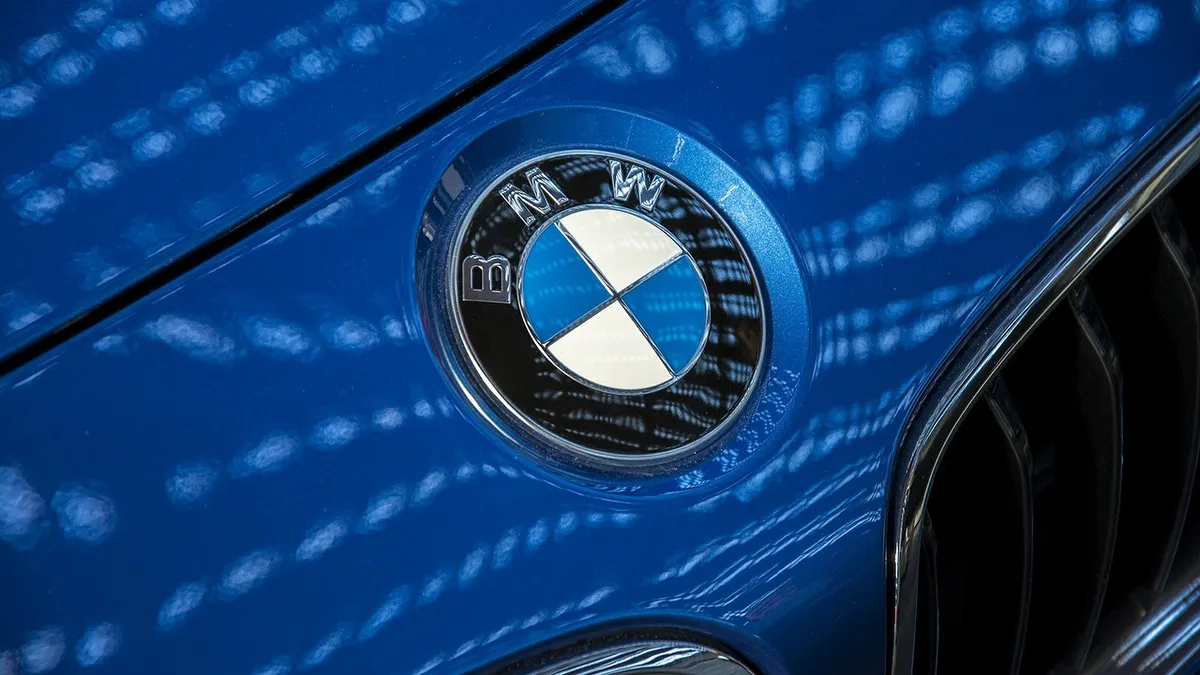Dive Brief:
-
Announced earlier this year, Cnet reports Pacific Gas & Electric and BWM are getting their electric vehicle demand response program underway, which will provide up to $1,540 in incentives to customers who allow the utility control over their home vehicle charging.
-
The program is a small pilot, called Charge Forward, and is open to 100 owners of the BMW i3 electric vehicles in the California Bay Area.
-
With more than 60,000 electric vehicles in its service territory, PG&E is looking to both manage demand and turn the vehicles into potential grid resources.
Dive Insight:
PG&E says its partnership with BMW is pretty much the same as any of its demand response programs – the German auto maker was tapped following a competitive solicitation to manage a minimum of 100 kW on the utility's system. But the pilot is also looking to reduce the cost of electric vehicle ownership, with a $1,000 gift card given to participants at the program's start, and up to $540 following completion of the 18-month pilot.
Customers will agree to let PG&E delaying the charging of some vehicles by up to one hour, though customers will be able to opt out each day if their charging and travel needs change.
Also as part of the partnership, the automaker is constructing an energy storage unit at the BMW Group Technology Office in Mountain View, using lithium-ion batteries that were once installed in MINI E demonstration vehicles.
During a “ChargeForward” event, PG&E will contact BMW and request a load drop of up to 100 kW. BMW will select vehicles to delay charging for up to an hour, based on owners' planned departure times via a mobile app. BMW will notify customers, who can then opt out if they choose. If electric vehicles do not provide sufficient demand response, BWM can use the MINI E bank to provide power.
According to BMW web site, at the end of the life of an electric vehicle the lithium-ion battery is expected to have 70% of its capacity still available, presenting “a compelling opportunity to maximize the use potential of the vehicle components, in addition to supporting a more sustainable energy infrastructure, through the use of the battery in a stationary energy storage system.”














